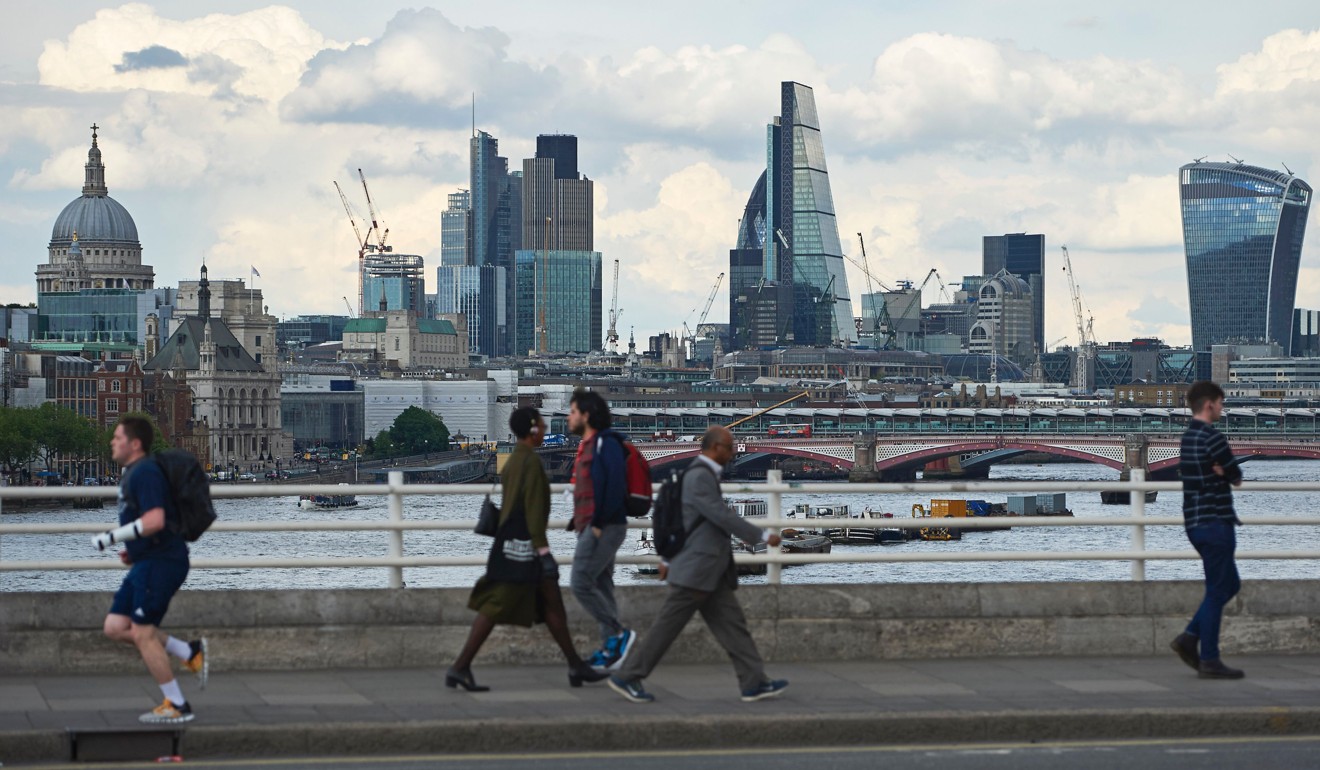
UK rents fall in final summer months for the first time in five years
The glut of homes available has pushed down rents in the southeast of the country by 2.3 per cent in the period
Rents in Britain dropped in the final summer months for the first time in at least five years, according to Rightmove, one of the country’s leading [property agents.
National asking rents outside London fell by 0.2 per cent in the three months to September, which is one of the busiest times of year for tenants looking for a new home. It was the first fall at this time of year since Rightmove started tracking rents in late 2011.
The decline comes as landlords flood the southeast of England, particularly, with newly available rental properties, distorting the national picture as they turn away from a stuttering London property market.
The glut of homes available has pushed down rents in the southeast by 2.3 per cent in the period. Average rents rose in every other UK region apart from Greater London and Yorkshire and the Humber.
The biggest quarterly increase came in the North-east, where the average asking price rent rose by 2.6 per cent to £564 (US$740.4) per month.

Britain’s housing market is looking increasingly broken amid a chronic shortage of new homes.
Young people are particularly hard hit with millennials spending three times more of their income on housing than their grandparents, often for worse quality accommodation, according to the Resolution Foundation, a think tank focused on the fortunes of the UK’s low to middle income earners.
The proportion of households privately renting in the UK has ballooned in the past 20 years.
According to official figures, around 65 per cent of UK households were owner-occupied at the end of 2016, while 17 per cent were renting from a private landlord and 18 per cent from a social landlord.
UK Prime Minister Theresa May has pledged an additional £2 billion a year to councils and housing associations for affordable homes, in her speech to the Conservative party conference in Manchester last week.
Areas such as Surrey, Berkshire and Buckinghamshire are among the most popular for landlords seeking investments outside London. Prices have not fallen as much in areas with good commuter links, where demand remains strong.
Asking rents in the capital fell on an annual bases by 3.3 per cent in September to an average of £1,920 per month. The average asking rent per month across the country in September was £789.
However, Mitchell said he expected the cost of renting to increase in London due to the supply of available accommodation decreasing as landlords look elsewhere for investments.

